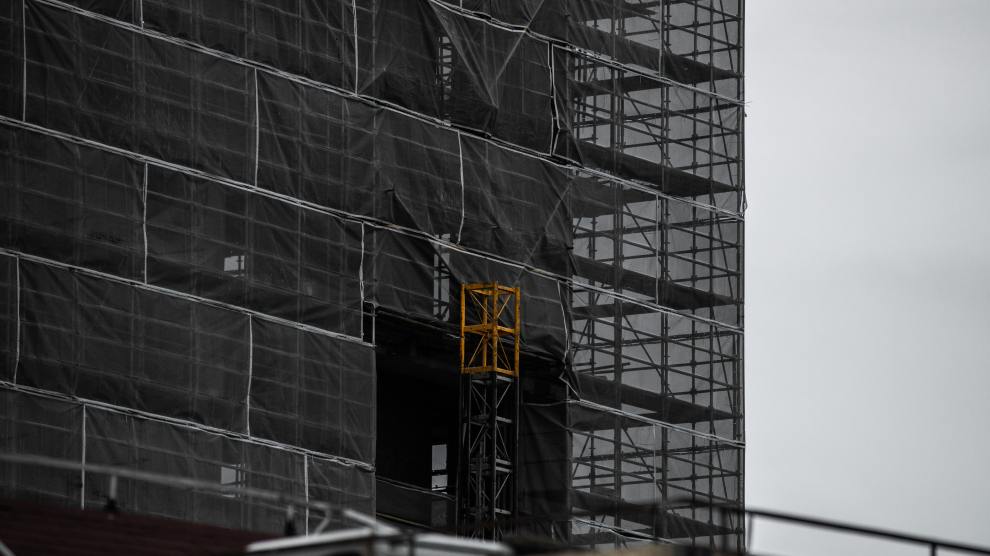Construction employment increased in nearly two-thirds of U.S. metros in 2021, yet growth was limited by the shortage of labor, according to the Associated General Contractors of America.
Construction employment rose in 231, or 65%, of 358 metro areas in 2021. The Houston metro added the most construction jobs (8,800 jobs, up 4%), followed by Chicago (6,500 jobs, up 5%) and Los Angeles (6,300 jobs, up 4%).
Sioux Falls, S.D., had the highest percentage gain (24%, 2,100 jobs). Among larger metros, the biggest percentage gains were achieved in the Midwest: St. Louis (9%, 5,700 jobs) and Milwaukee (9% 2,500 jobs) topped the list, while Cincinnati, Cleveland and Pittsburgh were all up 8%. Construction employment declined from a year earlier in 76 metros and was flat in 51.
Long Island, N.Y., lost the most jobs (-5,700, or -7%), followed by New York City (-4,200 jobs, or -3%) and Baltimore (-3,800 jobs, or -5%). The largest percentage declines were in Evansville, Ind.-Kentucky (-18%, or -1,700 jobs) and Napa, Calif. (-15%, or -600 jobs). Seven areas set all-time lows for December, while 57 metros reached new December highs for construction jobs.
Twenty-six states remain below the pre-pandemic construction employment levels of February 2020, with losers led by New York (-42,000 jobs, or -10%), Texas (-30,200, -3.9%) and California (-22,300, -2.4%), according to the AGC. Louisiana had the largest percentage loss (-13%, -17,200 jobs), followed by Wyoming (-11%, -2,500) and New York.
New York and California have been affected by pandemic restrictions, and California and Texas have lost some jobs due to weather events over the last 22 months. Construction activity in Texas and Louisiana has also been hit hard by the steep downturn in oil and gas activity, onshore and offshore, said Ken Simonson, the AGC’s chief economist.
Since the pandemic started, Utah has added the most jobs (10,000, 8.8%), followed by Washington (8,200, 3.7%) and North Carolina (7,900, 3.4%). South Dakota added the highest percentage (10%, 2,500 jobs), followed by Utah and Idaho (8.2%, 4,500). In February, construction employment reached a record high in Massachusetts, Utah, Washington and the District of Columbia.
Labor Shortage
Job openings in construction totaled 273,000 at the end of December, an increase of 62,000, or nearly 30%, from December 2020, according to the government’s latest Job Openings and Labor Turnover Survey. That figure exceeded the 220,000 employees that construction firms were able to hire in December, implying firms would have added more than twice as many workers if they had been able to fill all openings, Simonson said.
“Construction employment topped year-earlier levels in almost two-thirds of metros for the past few months,” he said. “But contractors in many areas say they would have hired even more workers if qualified candidates were available.”
The growing number of construction job openings is a clear sign that labor shortages are getting worse. AGC executives noted that the association’s recently released 2022 Construction Hiring and Business Outlook found that 83% of contractors report having a hard time finding qualified workers to hire. They urged Congress and the Biden administration to boost funding for career and technical education to help recruit and prepare more people for high-paying construction careers.
“For every dollar the federal government currently invests in career and technical education, it spends six urging students to attend college and work in an office,” said Stephen Sandherr, the association’s chief executive officer. “Narrowing that funding gap will help more people understand that there are multiple paths to success.”











Add Comment